Innovations in Material Science
Innovations in material science are significantly influencing the Pipe Conveyor Belt Market. The development of advanced materials, such as high-strength polymers and composite materials, enhances the durability and efficiency of pipe conveyor belts. These innovations not only improve the lifespan of the belts but also reduce maintenance costs, which is a critical factor for industries relying on continuous operations. Furthermore, the introduction of lightweight materials is likely to facilitate easier installation and operation, thereby expanding the market. As industries increasingly seek cost-effective and efficient solutions, the demand for technologically advanced pipe conveyor belts is expected to rise, reflecting a shift towards more sustainable practices.
Growing Focus on Environmental Regulations
The Pipe Conveyor Belt Market is also being shaped by the growing focus on environmental regulations. As industries face increasing pressure to minimize their environmental footprint, the adoption of eco-friendly conveyor systems is becoming more prevalent. Pipe conveyor belts, known for their enclosed design, significantly reduce dust emissions and material spillage, aligning with regulatory requirements. This trend is particularly evident in sectors such as mining and waste management, where compliance with environmental standards is critical. The market is likely to see a shift towards manufacturers that prioritize sustainability in their product offerings, potentially leading to increased market share for eco-conscious companies.
Rising Demand in Mining and Construction Sectors
The Pipe Conveyor Belt Market is experiencing a notable surge in demand, particularly driven by the mining and construction sectors. These industries require efficient material handling solutions to transport bulk materials over long distances and challenging terrains. The increasing investments in infrastructure development and mining activities are likely to propel the demand for pipe conveyor belts. According to recent data, the mining sector alone is projected to grow at a compound annual growth rate of approximately 5.2% over the next few years. This growth indicates a robust market for pipe conveyor belts, as they offer advantages such as reduced spillage and enhanced safety, making them a preferred choice for material transport.
Increased Investment in Renewable Energy Projects
Increased investment in renewable energy projects is emerging as a significant driver for the Pipe Conveyor Belt Market. As countries strive to transition towards sustainable energy sources, the demand for efficient material handling solutions in renewable energy sectors, such as wind and solar, is likely to rise. Pipe conveyor belts are well-suited for transporting materials like sand, gravel, and other components used in renewable energy installations. The global push for cleaner energy solutions is expected to lead to a surge in projects requiring effective material transport systems. Consequently, this trend may result in a heightened demand for pipe conveyor belts, as industries adapt to the evolving energy landscape.
Expansion of Logistics and Transportation Networks
The expansion of logistics and transportation networks is a key driver for the Pipe Conveyor Belt Market. As supply chains become more complex and globalized, the need for efficient material handling solutions is paramount. Pipe conveyor belts offer a versatile solution for transporting materials in various settings, including ports, warehouses, and manufacturing facilities. The logistics sector is projected to grow at a steady pace, with an expected increase in freight volumes. This growth is likely to create new opportunities for pipe conveyor belt manufacturers, as companies seek to optimize their operations and reduce transportation costs. The integration of pipe conveyor systems into logistics networks may enhance overall efficiency and productivity.


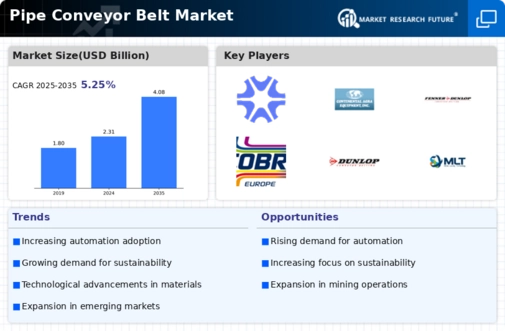
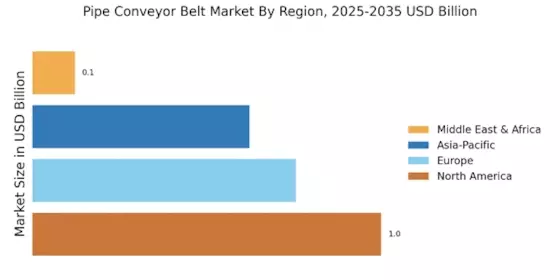
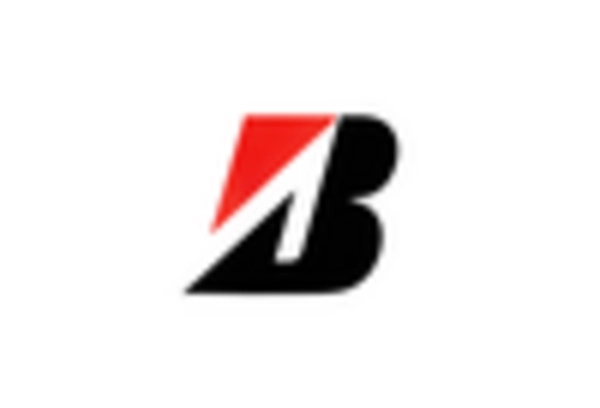
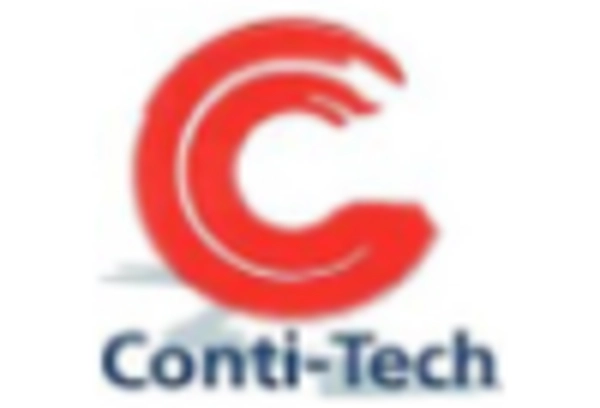
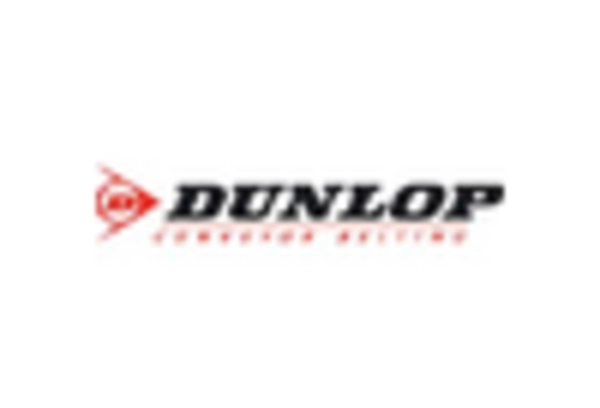


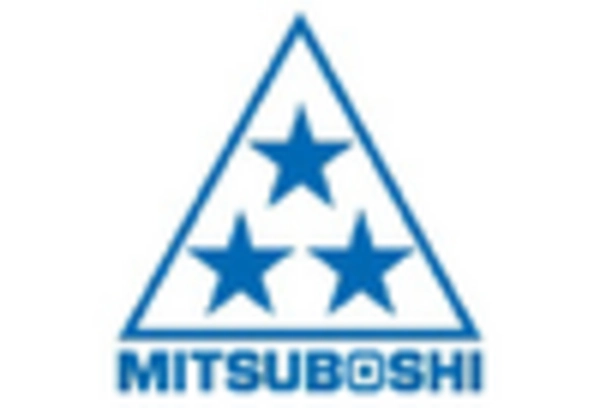








Leave a Comment